THE A-Z GUIDE FOR FASHION INDUSTRY

A
Ask More
Inquire about where your clothes are made. Ask who made them. You deserve to know the story behind your garments. After all, they are your clothes.
B
Buy Less
Make thoughtful choices. Purchase only what you need. Ensure it lasts.


C
Climate Change
Despite what skeptics may claim, climate change is a reality. Production emissions release CO2 and other harmful greenhouse gases into the atmosphere, exacerbating the problem. It’s concerning, but together, we can work towards solutions.
D
Dyeing
Textile processing involves over 2000 chemicals, including hazardous ones like mercury, lead, formaldehyde, and chlorine. Some of these are known carcinogens, and fewer than 1/10th of the 1600 chemicals used specifically for dyeing textiles are approved by the Environmental Protection Agency.
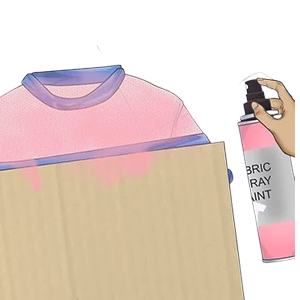
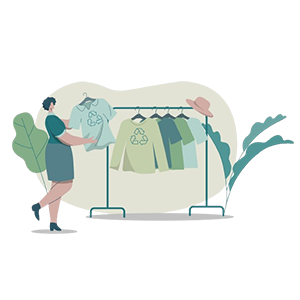
E
Energy
Production is resource-intensive, but did you know that two-thirds of the environmental impact of clothing occurs during the consumption phase, through washing and drying? The good news is that you can minimize this impact by washing only when necessary, avoiding the dryer, and conserving both energy and water.
F
Fast Fashion
Fast fashion is problematic. Slow fashion is the way to go. Period.


G
Greenwashing
Greenwashing occurs when brands claim to be focused on sustainability while failing to make meaningful changes to their processes. Be vigilant for signs of greenwashing and ask questions, even if a brand appears to be ethical and transparent.
H
Cause Less Harm
Fashion is highly polluting, ranking as the third most environmentally harmful industry globally and one of the largest water consumers. It is responsible for 20% of the world’s water pollution, using vast amounts of water and contaminating it post-production. This doesn’t have to be the norm—clothing can be made in ways that minimize environmental impact and use resources more sustainably.
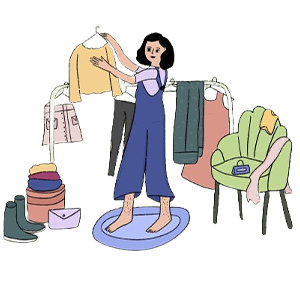

I
Insecticides and Pesticides
According to the World Wildlife Fund, conventional cotton (non-organic) accounts for 11% of global pesticide use and 24% of insecticide use, despite occupying only 2.4% of the world’s arable land. This represents an extremely poor ratio.
J
It’s a Journey
Sustainability is an ongoing journey, not a final destination. We must continually learn, research, question, and push ourselves to be better consumers (and manufacturers). By doing your best now and striving to improve in the future, you’re on the right path.
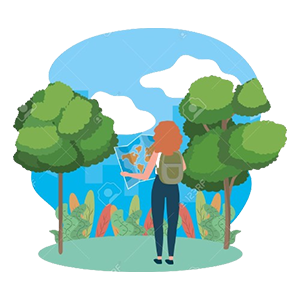

K
Knowledge
“Knowledge is power.” This timeless truth holds as much relevance today as ever. The more you know, the better you can respond and drive change. Here’s to the fashion industry—let’s put that knowledge to work.
L
Longevity
Humans discard about 92 million tons of textile waste into landfills annually. Why? Because fashion frequently lacks durability. Therefore, it should be designed to last. This is the foremost principle of sustainable fashion.


M
Mother Earth
Protect our planet—she’s the only one we’ve got.
N
Natural fibers
are generally a great option, but they aren’t always the most sustainable. Their production often requires a significant amount of water. For instance, making just one cotton t-shirt can consume over 2,500 liters of water—equivalent to filling up 20 bathtubs.
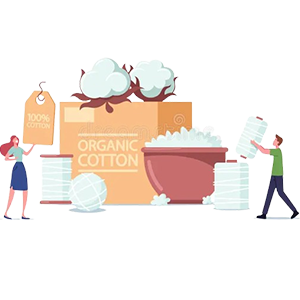
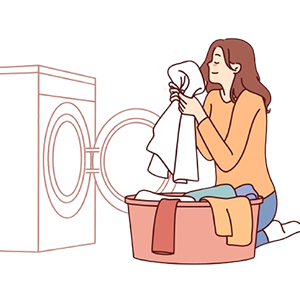
O
Odor
Odor is likely the top reason you wash your clothes. Sweat is natural, but it breeds bacteria that cause unpleasant smells. However, you can prevent the growth of these odor-causing bacteria, which means you’ll need to wash your clothes less often, conserving water and energy. The key to this is a technology called SilverTech.
P
Plastic
isn’t ideal for the environment. Synthetic clothing, which is made from plastic, sheds microplastics during washing. However, there’s a more sustainable option: recycled synthetics. These have a smaller environmental impact because they require much less water and energy to produce. Additionally, using a GUPPYFRIEND washing bag can help capture these microplastics before they enter the waterways.
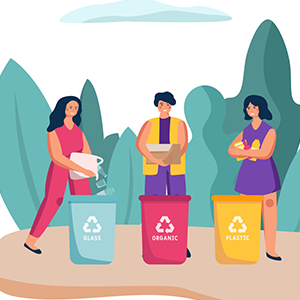
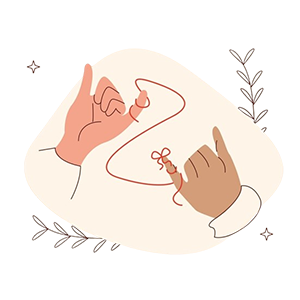
Q
Quality
encompasses not just excellent fabric and craftsmanship but also a positive work environment. While you’d expect these standards to be the norm in the industry, the reality is often quite different.
R
Recycled textiles
represent the future of sustainable fashion. While textiles can often be recycled, it’s not as common as it should be. With more clothing donation services partnering with textile recycling centers, there’s no need for these materials to end up in the trash.
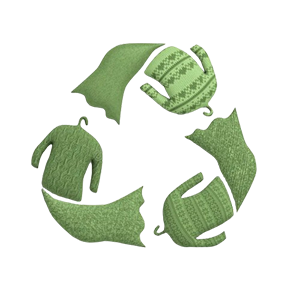
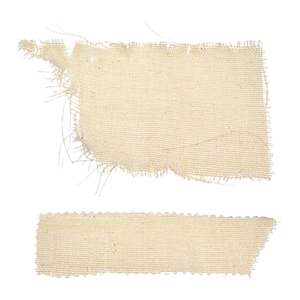
S
Scraps
Fabric scraps are a natural byproduct of the production process. However, machine cutting can achieve up to 90% waste efficiency. Additionally, these scraps can be repurposed into items like upholstery filler. Whether you like it or not, scraps can be minimized, reused, and recycled.
T
Technology Wins
How can a brand drive sustainability in the industry? Technology plays a crucial role. It helps cut down on water and energy waste, supports the circular economy, and extends the lifespan of garments.
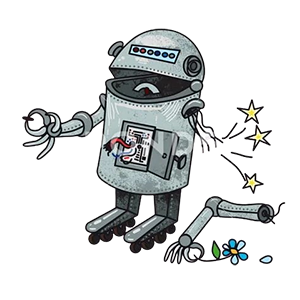

U
Upcycling
Transforming scraps, excess textile waste, and plastic into new clothing—rather than just downcycling them—is a truly beautiful process.
V
Viscose fibers
Which are semi-synthetic and derived from trees, aren’t necessarily more sustainable. They often receive D or E ratings on the Made By Environmental Benchmark for Fibers due to their intensive chemical and water usage. In contrast, Lenzing from Austria produces highly soft and sustainable fabrics lyocell through a much more eco-friendly process, earning it a top A grade.

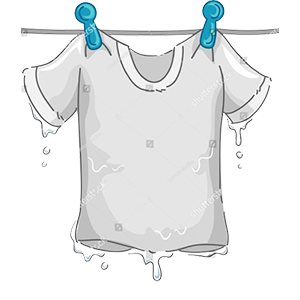
W
Water
Water is our planet’s most crucial resource, yet over 1 billion people lack access to safe drinking water. The fashion industry is the second largest water consumer, largely due to the immense amount required for growing, dyeing, and processing fabrics. It’s time to address this issue and make a change.
X
Eliminating unsafe and unfair work conditions is crucial
Certifications such as the GOTS Certificate, BSCI core labor rights, and the SA8000 Standard hold factories accountable for the safety and well-being of their workers. Partnering with factories that respect their employees and provide fair wages is just as vital as addressing environmental concerns.
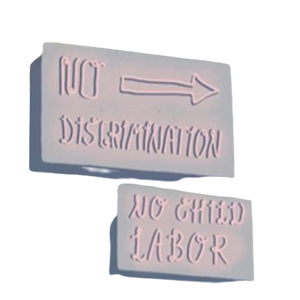
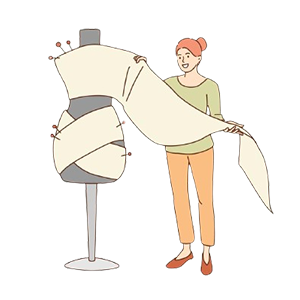
Y
Why make a change?
The fashion industry is highly polluting, ranking as the third most harmful industry globally and being one of the largest water consumers. However, this doesn’t have to be the case—your clothing can be produced in a way that is environmentally friendly and sustainable.
Z
Zero waste
Achieving zero waste is challenging. While it’s possible to downcycle many items, completely preventing waste from ending up in landfills is tougher. Brands need to collaborate more effectively with consumers to minimize waste. For example, there’s significant room for improvement in packaging. Let’s start by rejecting single-use plastics.

